|
This show, these artists, their art, the conversations and the community that formed around it all ... one of my most powerful curatorial experiences to date.
Karen and I (Gutfreund Cornett Art) looked to employ artwork as weapons in the fight for basic human and civil rights, which have been abridged and jeopardized within a judicial system that has eroded confidence and trust, and with racism propagated through groups that have systemic power to institutionalize prejudice in the forms of laws, policies, and ideologies that exclude and oppress others. Human rights can no longer be thought of as separate and belonging to a privileged few, but rather that these rights are all interrelated, interdependent and indivisible for all. We believe the artist voices will help to foster these important dialogues. Social Justice: It Happens to One, It Happens to All Saint Mary's College Museum of Art September 18 - December 11, 2016 In Conversation with the Artists, September 18 Exhibition Reception, September 18 Curators: Sherri Cornett and Karen Gutfreund, Gutfreund Cornett Art Special Recognition Juror: Sandra Fluke, social justice attorney and women's rights activist For more information about this exhibition https://www.gutfreundcornettart.com/info-social-justice.html
0 Comments
Thank you to all who came to Saint Mary's College Museum of Art yesterday! What an uplifting, powerful, inspiring, community of artists and visitors at our In Conversation with the Artists and Reception for Social Justice: It Happens to One, It Happens to All! Seventeen of the artists from this exhibition participated and were asked to respond to two questions: 1) Is there a specific event that motivated you to do activist-themed/social justice focused work? 2) What was the most meaningful reaction you have received to your work? Community members listened and then joined in. What followed was an emotionally-charged exchange that supported and bonded our community. We began our In Conversation with the the Artists with a viewing of your VIBE's "Power to the People". We should have provided boxes of tissues. It set the perfect tone for the artists sharing why they do activist work and reactions to their work. “It is a big question, a question of the work we have to do to eventually get to a place where there is freedom in the world. It is a huge question and it calls for a huge answer, but that huge answer consists of small steps and we can begin engaging in those small steps today . . . I have always discovered that it is artists who guide us into arenas that we have not necessarily known before . . .” Angela Davis Though there are certainly improvements on many social justice fronts, the frequency and intensity of injustices, directly experienced or brought in front of us via the myriad news and social media sources, can be paralyzing and exhibitions, like this one, can provide us a place to contemplate, discuss and formulate responses to these injustices. From my exhibition catalog essay "Why" for our Social Justice: It Happens to One, It Happens to All: "Artists have many media into which to place these emotions, to process our distress, share our concerns and implore viewers to take action. Karen and I, through our curatorial partnership Gutfreund Cornett Art, are channeling our anguish, as well as hope, into the creation of exhibitions such as Social Justice: It Happens to One, It Happens to All . . . [The communities that form around these exhibitions] may only be temporary or they might ripple outward from the gallery spaces into permanent bonds. But, they are born within the structure of activist-themed exhibitions, such as this one, and pull us back into our genetic need for connection, the comfort of a collective experience and the satisfaction of common-focused work and problem solving. They give us hope and reassurance that others in the world are concerned and evaluating and determining their next steps, along with us. They are also asking themselves and us how to best navigate through the world and be an engaged citizen. Interacting with others strengthens our beliefs in cooperation that may lead to better decision-making and policies from the local to global arenas. This sense of community can empower those least likely to speak out, to do so and to respond and take action with whatever skills and insights they have. We are creating a space from which action moves forth from these communities to larger ones. As Berthold Brecht has advised, we are showing the world it is capable of changing." For more about the exhibition: https://www.gutfreundcornettart.com/social-justice-it-happens-to-one-it-happens-to-all-2016.html
FLOW: Interactive Exhibition and Community Project
Another big project ... another endeavor to encapsulate the many woven together parts of rewarding and meaningful community engagement. It began with a big, but, initially, manageable goal, given our backgrounds - to bring more people into the gallery and to engage them across departments, across the city and between the two institutes of higher education in Billings around the theme of water issues and focused on the Yellowstone River. Early on, we consulted MSU Billings' long-range plans, goals, & strategies and ... Leanne Gilbertson, a Ph.D of Art History and Nothcutt Steele Gallery Director at MSU Billings and me, an artist curator with a passion for community engagement, were soon neck deep in conversations with potential partners, who were enthusiastic and willing to sign on. The gallery was set up as a laboratory and nexus for exploration and dialogue with an exhibition of my Grottoes - mixed media wall sculptures with video meditations on water - and juried works by students and alumni. We commissioned two students, Bonny Beth Luhman and Ariel Grossfield, to create an animated short about river users. Art Ed students discussed water issues with the Girl Scouts, Boys & Girls and other K-8 students, who then made 5 x 7 panels with their responses. Presentation of research by Rocky Mountain College students. Precious MacKenzie, teacher of English at Rocky Mountain College, donated her water-themed children's books to the MSU Billings library, which became the anchor for pre-school readings there. Poetry and jazz students held a water-themed reading and improvisation night. Northern Plains Resource Council and Eric Warren presented his film "Mixing Oil and Water" featuring conversations about oil & gas development along the river. Dr. Susan Gilbertz offered a course for students from both campus about the findings from the Yellowstone River Cultural Inventory, which was part of the 16 year, most comprehensive study in the world on a watershed, our Yellowstone River, which was the basis for our keynote symposium, which included Dr. Gilbertz' students, some of the key scientists of that study (Warren Kellogg, Burt Williams and Kayhan Ostovar) as well as a beautiful argument for personhood rights for rivers. The amount of creativity and information shared and the community of collaborators, brainstormers, participants and supporters was a heart-warming overlay and reward for the intensity of coordination: Gerard Baker, Sue Beug, Karin Calabrese, Reno Charette, Michelle Dyk, Teresa Erickson, Megan Fetters, Samantha Finch, Karen Gutfreund, Leanne Gilbertson, Ph.D, Susan Gilbertz, Ph.D, Ilene Goddard, Ariel Grossfield, Tami Haaland, Ruby Hahn, Joy Honea, Hannah Hostetter, Warren Kellogg, Luke Kestner, Korilynn Kessler, Carrie La Seur, Ph.D, J.D., Jodi Lightner, Bonny Beth Luhman, Larry Mayer, Precious McKenzie, Joel Miller, Patrick Mueller, Kelsey Nix, Carolyn Ostby, Kayhan Ostovar, Mara Pierce, Ph.D., Megan Poulette, Tabetha Rindahl, Brent Roberts, John Roberts, Maria Selvig, Stephanie Slavin, Rebecca Summers, Peter Tolton, Patricia Vettel-Becker, Ph.D., Eric Warren, Burt Williams, Patrick Williams, Dylan Woods and so many more who came to share their thoughts, listen and expand the dialogue around water issues, rights, access and conservation in our region. Project overview page with links to further details at https://www.sherricornett.com/flow-interactive-exhibition-and-community-project.html When Priscilla Otani and I decided to piggy back on the success of her previous postcard projects for the Women's Caucus for Art and the United Nations, we had no long range goals other than to give women, men and children a chance to consider the impacts women have had on the economy, human rights, education, the environment, world health religion, the arts, sports, politics and peace. We were inspired by the work of the UN Women's HeForShe campaign and its Beijing+20 program, celebrating the First World Women's Conference.
The call went out and the cards came in - steadily and from around the world, starting with a post card making gathering at my house and including gatherings in the Bay Area and classrooms around the country. The growing collection traveled, in 2015, to the WC and CAA Conferences, to the UN Commission on the Status of Women Conference and our International Caucus UN Program parallel event there, to Honey's Cafe in Red Lodge, Montana, and, in 2016, to the Torpedo Factory Art Center in DC, the Women's History Month Exhibition at St. Louis Florissant Valley Community College (near Ferguson), Arc Project Gallery in San Francisco and ... all were collected in our online gallery. Some samples are above. The resulting mosaic of cards is a rich and inspiring diversity of media and message and women! Thank you to all who nurtured this along its path, including Maureen Burns-Bowie, Janice Nesser, Maggy Hiltner, Kerry Wolfson, Cherie Redlinger, Michael Yochum, and Stephen Wagner. More information and photos of events at https://www.sherricornett.com/women-do-it-traveling-postcard-exhibition.html I am finishing up my home-made baba ganouj this morning and reflecting on the thought-provoking, conversation-inducing presentation (and delicious Palestinian food) by the staff (the director is Jewish) of #conflictkitchen during the Open Engagement conference in Pittsburgh last month. About how important it is to keep dialogue open between people, even if governments and organizations find it politically incorrect. And how the sharing of food during can assist in these conversations, such as the meals the Half the Sky: Intersections of Social Practice Art delegates shared as we discussed, processed and problem-solved our time and interactions in China.
"Conflict Kitchen is a restaurant that only serves cuisine from countries with which the United States is in conflict. Each Conflict Kitchen iteration is augmented by events, performances, publications, and discussions that seek to expand the engagement the public has with the culture, politics, and issues at stake within the focus region. The restaurant rotates identities in relation to current geopolitical events.... These diverse perspectives reflect a nuanced range of thought within each country and serves to instigate questioning, conversation, and debate with our customers." https://www.conflictkitchen.org/ Photo courtesy of conflict kitchen website MacArthur Fellow RICK LOWE (Project Row Houses)
Keynote Speaker, Open Engagement Conference, #OE2015 Takeaways: Our task as socially-engaged artists is to bring into focus social and community projects that society has lost the capacity to see. Deep listening - Before we act, we need to know the community in which we are working. We need to communicate with and hear our community partners. We need to learn how to see a place versus focusing on "making" a place. It takes courage for us to do this work. Whenever we take a stand, we WILL get our ass-kicked by someone. Thank our critics for the lessons they provided us and keep going. We need to muster the courage to claim the things we believe in. As part of the processing of our massive project in China, "Half the Sky: Intersections in Social Practice Art," several of the artist delegate leaders and I applied for and received a panel at the annual Open Engagement Conference, the artist-led initiative committed to expanding the dialogue around and serving as a site of care for the field of socially engaged art ... this year at Carnegie Melon University in Pittsburgh. Here is the conversational blog we created for the conference catalog:
In April 2014, artist volunteers from the Women’s Caucus for Art (WCA) created an exhibition and interactive events for women artists in China and the U.S. at Luxun Academy of Fine Arts in Shenyang, China, entitled “Half the Sky: Intersections in Social Practice Art (HTS:IISPA)” We were invited by the academy’s president and gallery director, who wished to create a dialogue between artists and their works about women’s issues. WCA has a 40+ years history of activist art, yet the choices about the collection of art and the events we brought to China were greatly influenced by the political and cultural restrictions there. Here is a conversation about our decision-making and reflections over time about our experience from some of the thirteen working delegates who went to China as key figures in this project Blog participants:
PRISCILLA OTANI: We had a serious debate just prior to our social practice art interactive pieces. I recall that we felt conflicted and debated as to whether we should cancel or go forward with the performances. In the end, we decided to go forward. I felt our discussion, and what ensued, was an important milestone. Some of the unease came from a cultural sensitivity, a feeling of not wanting to impose Western values and standards on Chinese students, artists and academics who may not have the same perspective or readiness. I remember making a comment that our role was to “sow the seeds of discomfort,” to bring forth concepts and ideas that may be new, strange and uncomfortable. Of course I didn’t know if in fact we would have any impact at all, or if we would have even an audience. In the end, I felt very good about the events of the day. And after viewing the short video created by Mido Lee, I was surprised at how much of an impact we did have, and based on recent letters, how the women-based exhibition and performances continue to have on students at the Luxun Academy. Nearly a year after our Half the Sky project, in what ways have your views and opinions about what happened with our socially-engaged events at the Luxun Academy changed or evolved? I have a feeling that full, if that is indeed possible, processing of this multi-layered, complicated yet rewarding and surprising project, will take months, if not years, but here is an overview and some initial responses ....
In March 2013, Wei Er Shen, President of LuXun Academy of Fine Arts in Shenyang, Liaoning Province, China invited the Women’s Caucus for Art (WCA), through Jin Deng, to create an art-based cultural exchange and exhibition between artists and essayists juried through WCA and women artists curated in China. He and the Gallery Director Wang Yi Gang were interested in providing an opportunity for Chinese women artists to interact with artists from our organization, to learn more about feminist art history in the west and share their art with our artists. As the Main Representative to the United Nations for and Director of the International Caucus of the Women's Caucus for Art, I enthusiastically embraced this opportunity to direct this project and to further dialogue around women's issues within the framework of an exhibition. In addition to the exhibition, Half the Sky: Intersections of Social Practice Art included a sixteen-member delegation of selected WCA members, thirteen of whom, traveled to Shenyang for the opening of this exhibition and participated in three days of interactive events with the Chinese artists and students of the Academy. Over twenty-five volunteers from the U.S., working in teams, developed, prepped, installed, documented, publicized, fundraised, published, facilitated and traveled to create the many layers of this project. Logistics were beyond daunting, including the bilingual catalog, but, once one begins negotiations with a government such as China, one feels one must proceed, with hopes and bits of promises that the discoveries and connections and knowledge shared between our cultures would, indeed, like child birth, erase the challenges of remote management. And, the results certainly did. A small village of volunteers made this possible: |
AuthorA place to decant my brain, to capture inspiration and share fresh insights. [Posts from 2015 onward] Categories
All
Archives
November 2020
|
||||||

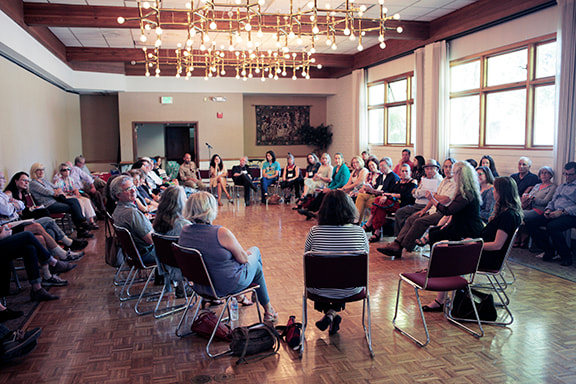
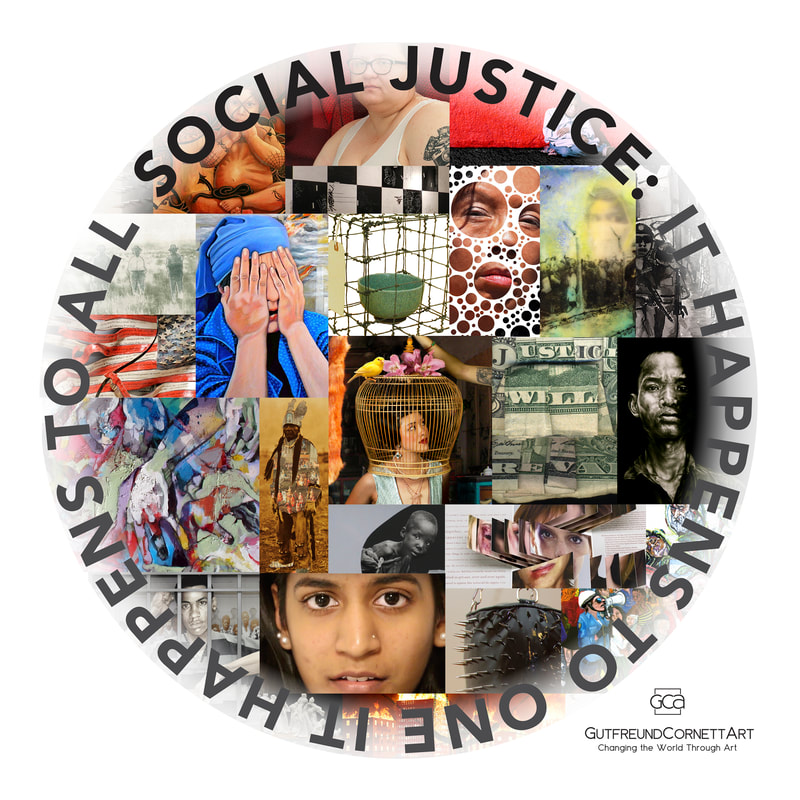
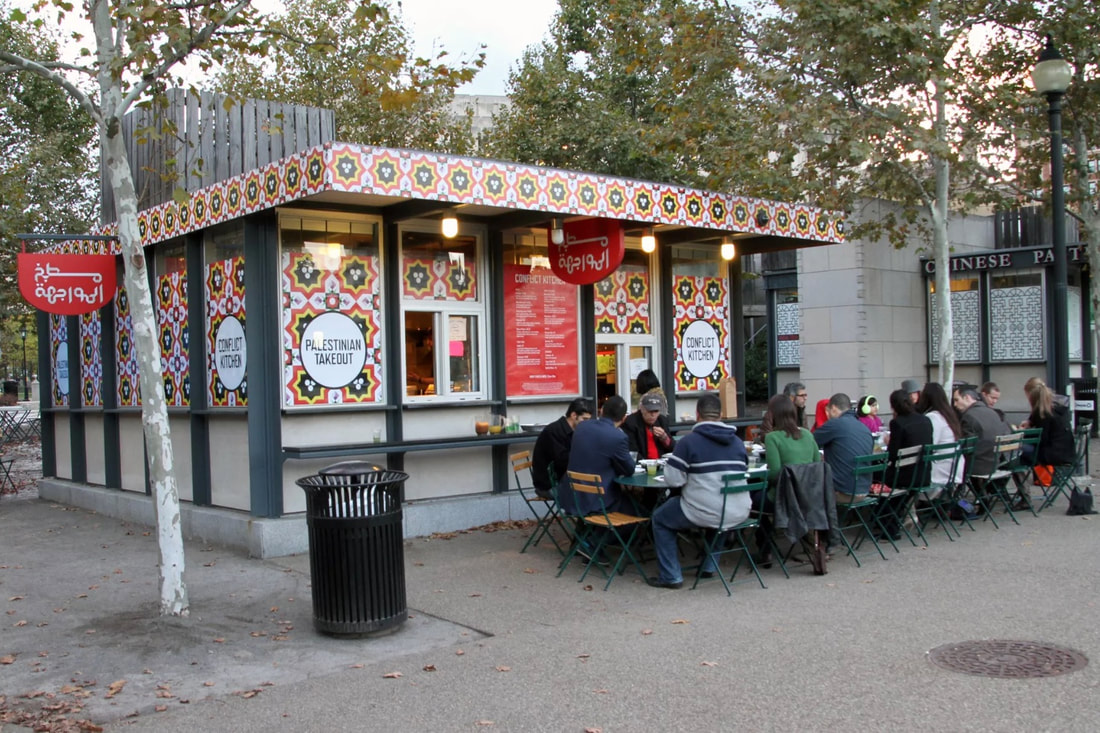

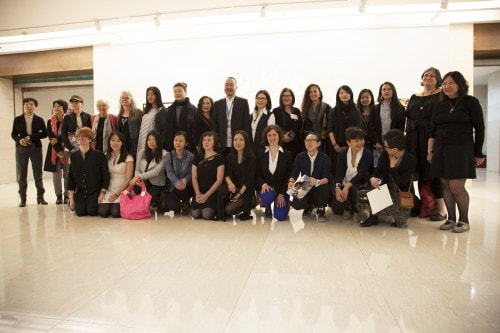
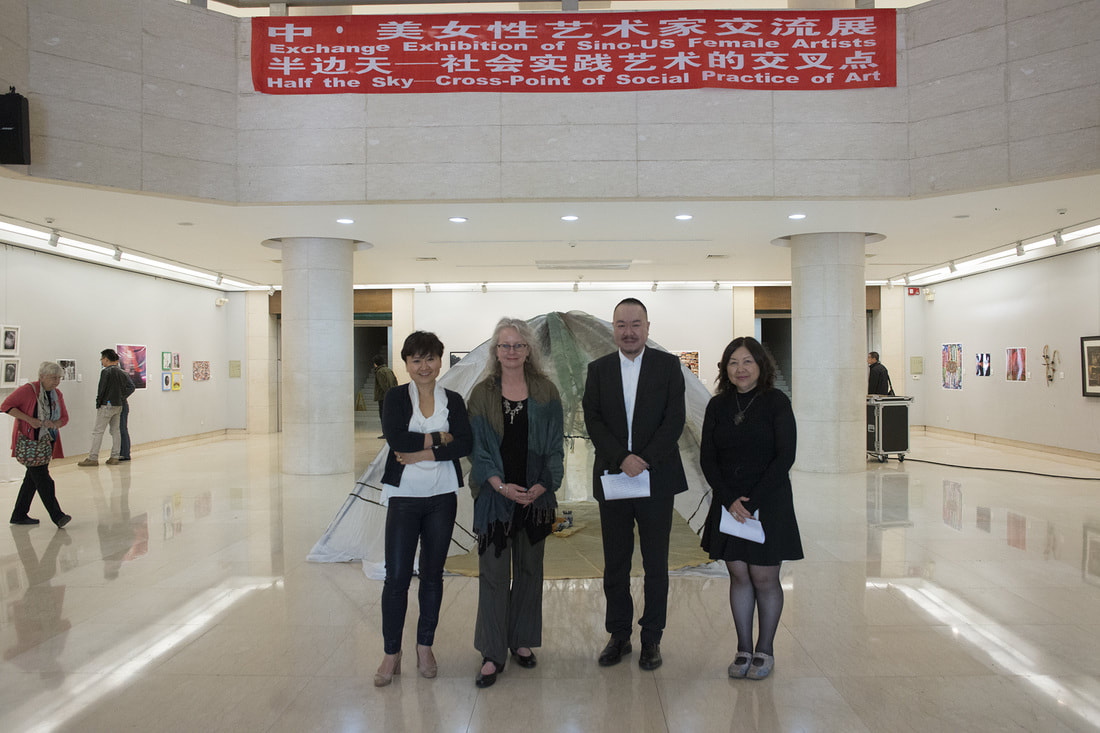
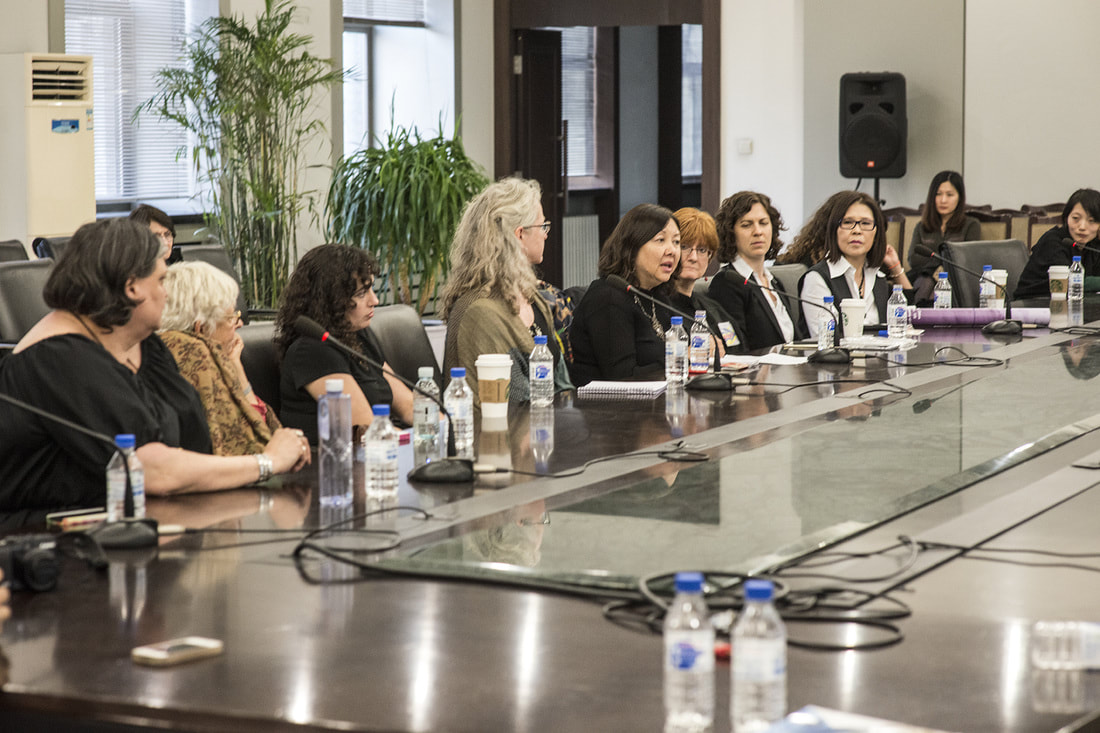
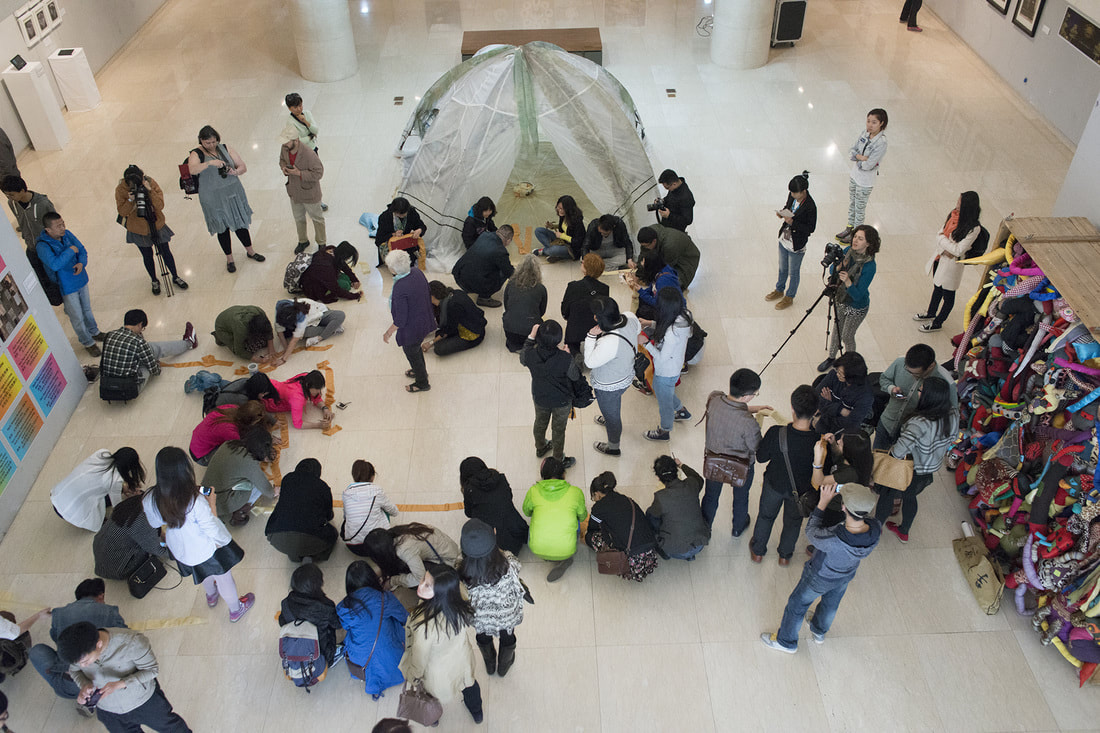
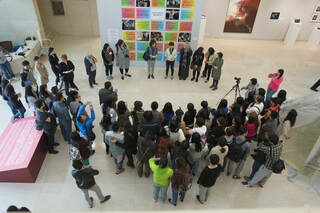
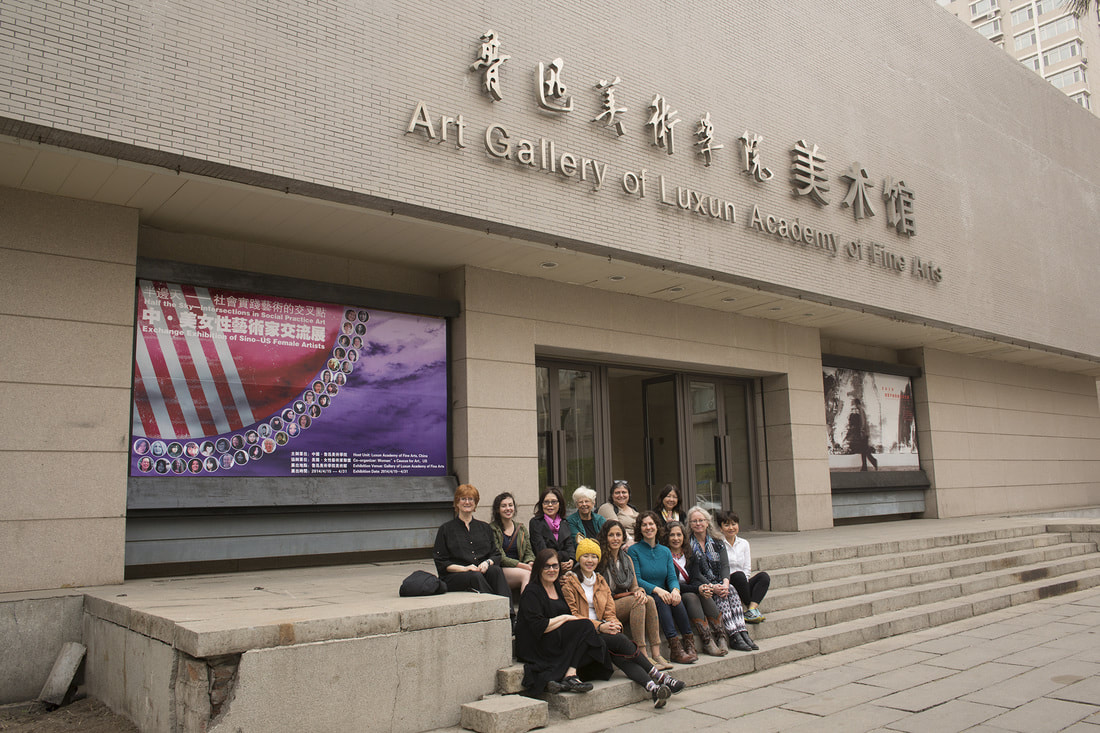
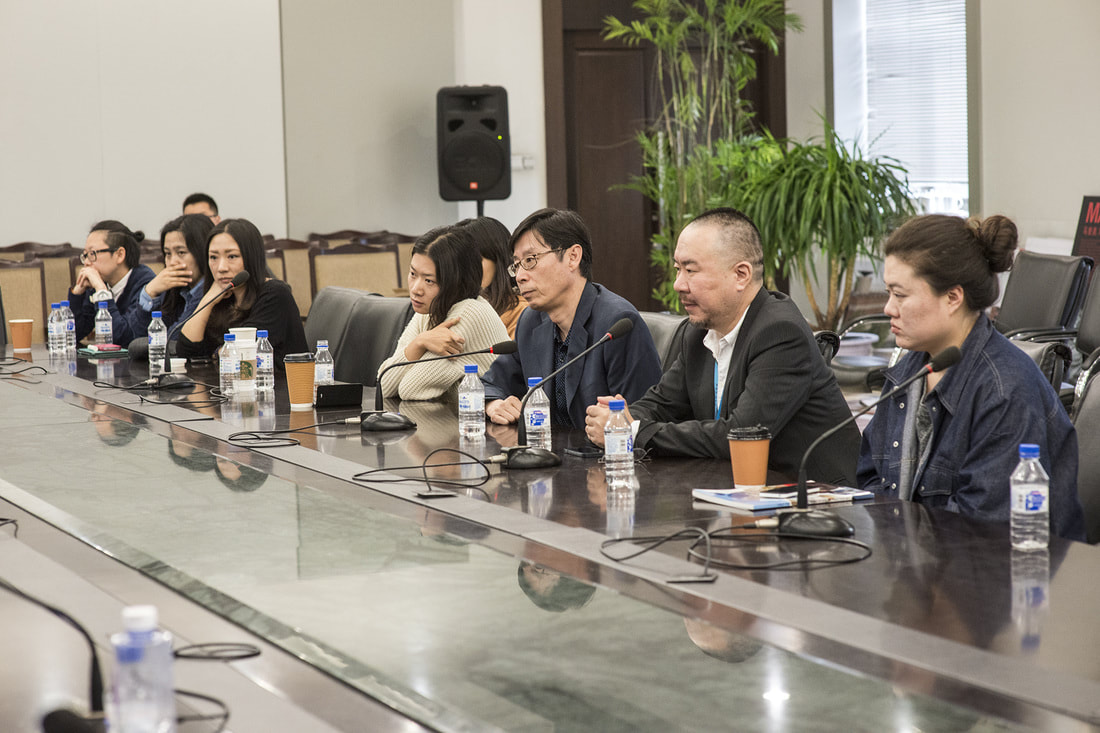

 RSS Feed
RSS Feed